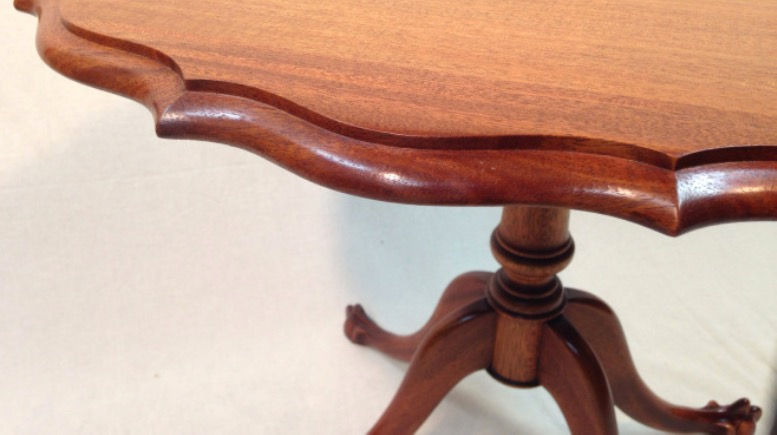19th Century Caned Maple Rocking Chair
- Mr. Stafford

- Dec 28, 2013
- 2 min read
Here we have a late nineteenth century rocking chair. There is so much charm and character in this chair, that it was an absolute joy to restore. The older the furniture, the more signs there are that betray the techniques of the craftsmen who built them. Signs like hand saw marks, chisel marks, hand applied stamps or pencil marks, indicating which parts go where, all provide clues to how and when they were made.

This chair contained parts that showed signs of possibly being roughly cut with a large toothed hand saw or, perhaps, step cut with a bandsaw blade that was too wide to make the inside curve. I enjoy finding these marks very much and I never change them; they should always be left as evidence for future generations, in my opinion.

The runners were attached with dowels and the sides of the arms attached by way of interesting joints that looked like a cross between a lap joint and a mortise and tenon joint. The remaining joints are dowel joints and mortise and tenon joints. The original glue used in the assembly of the chair was hide glue and that is what I used for the repairs and reassembly. The original finish was shellac and that is what I used as the new finish as well as topping it off with paste wax.

Now we come to the reason that I purchased this little fixer-upper; the caning. I had always wanted to recane an old chair and now I had the opportunity. Since this was my first attempt, I broke a silly amount of cane before I got the hang of it. I am still far from a master caner, but I am pleased with how my first attempt came out and I am looking forward to doing more of this in the future.




Here is the completed rocking chair. Because of the fact that I do everything by hand (without the use of power tools or chemical stripers) and that this piece needed to be almost completely disassembled, I am familiar with every square centimeter of this chair and it now feels like an old friend. It provided its fair share of difficulties, but I think it worked out well in the end.

I often fantasize about the process of salvation and restoration being similar for God. I imagine Him taking us, one by one, into His workshop, carefully removing the damage that has been done to us and the damage that we have done to ourselves; fixing what has been broken, reaching over to His bench for a chisel or His glue; preparing us for the mountain of work for His Kingdom that is in need of being done. At least the furniture, upon which I work, does not continually attempt to undo all of the work that I have put into them. I cannot say the same thing for us stiff-necked sinners that constantly find ourselves on God’s workbench.
Sincerely and respectfully,
Mr. Stafford
Click the image below if you are interested in seeing video footage of the restoration process of this chair.










Comments